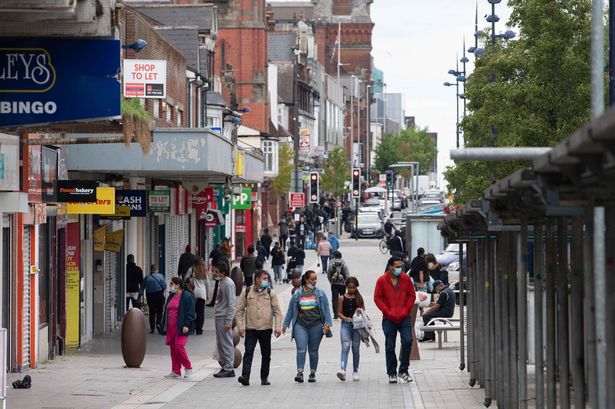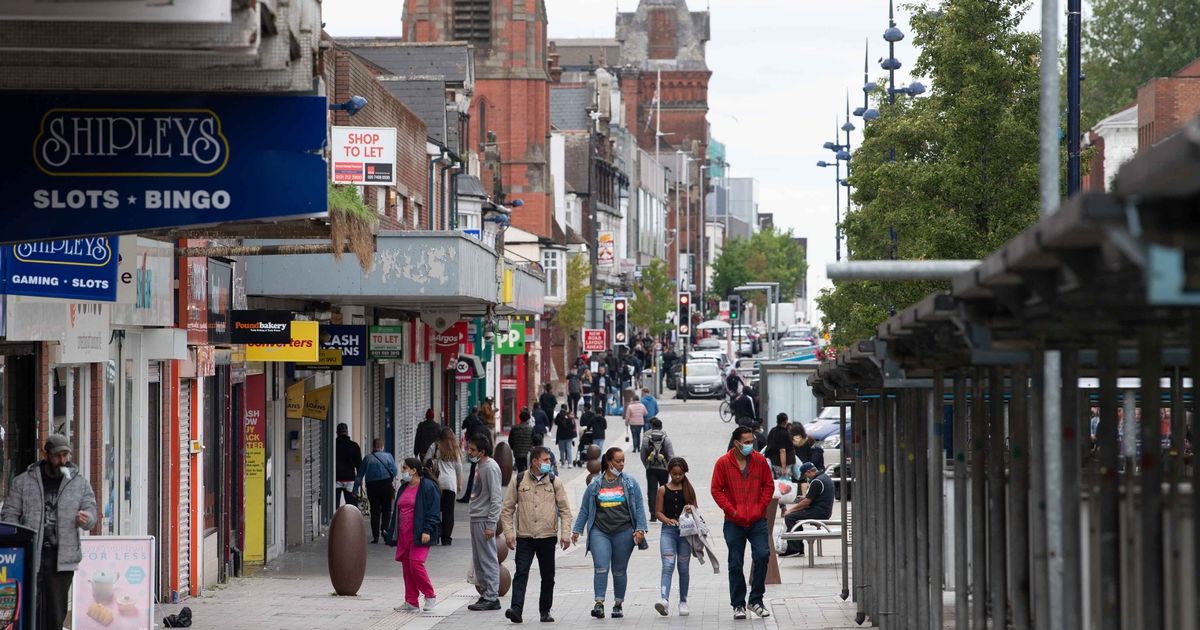Towns and cities in our region made the list in a new study West Bromwich in Sandwell.(Image: Birmingham Mail)
West Bromwich in Sandwell.(Image: Birmingham Mail)
Residents in a number of towns and cities in the Midlands are considered among the unhealthiest in England.
New data showed our region has some of the highest adult type 2 diabetes rates, the condition which can be linked to unhealthy lifestyles.
Over one in 10 people have the condition in Leicester, Sandwell and Wolverhampton, according to latest data.
READ MORE: New cameras at Midlands M5 junction to punish drivers over rule many don’t know exists
These are the three worst areas for type 2 diabetes.
Birmingham also makes the top 10 in 8th place, with 10% of Brummies said to be living with diabetes.
Rates in all these areas are significantly above the national average of 8%, analysis by Opera Beds found.
Cases tend to be higher in areas with greater poverty and deprivation, where fitness levels and diet is generally likely to be worse.
Sandwell, which is made up of towns including West Bromwich, Oldbury, and Smethwick, is one of the most deprived parts of England.
GP Dr Tim Mercer said: “Type 2 diabetes is a serious condition that occurs when the body doesn’t produce enough, or develops resistance to, insulin, causing blood sugar levels to rise.
“Increased blood sugar levels can trigger several symptoms such as frequent urination, excessive thirst, fatigue and blurry vision.
“It can also lead to more severe complications over time, including heart disease, nerve damage, kidney problems, vision loss and dementia.
“While small lifestyle changes, like eating a balanced diet, staying active, getting good quality sleep and maintaining a healthy weight, can help lower the risk of type 2 diabetes, wider action is essential.
“Policies that address all determinants of health, such as poverty, living conditions, dietary education, green spaces and opportunities for exercise are necessary to have a longer-lasting impact on reducing type 2 diabetes rates.”
To get breaking news emailed to you, sign up here, it’s free.
